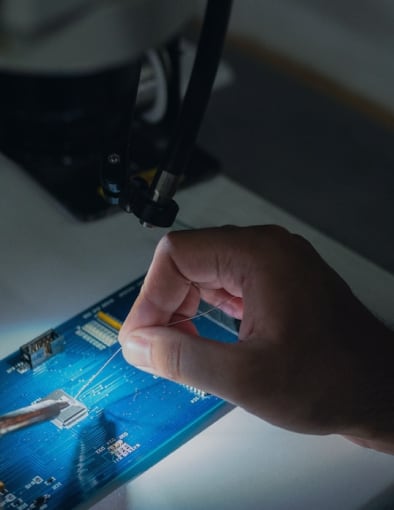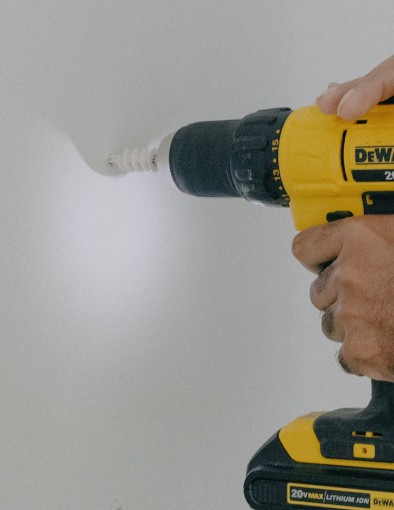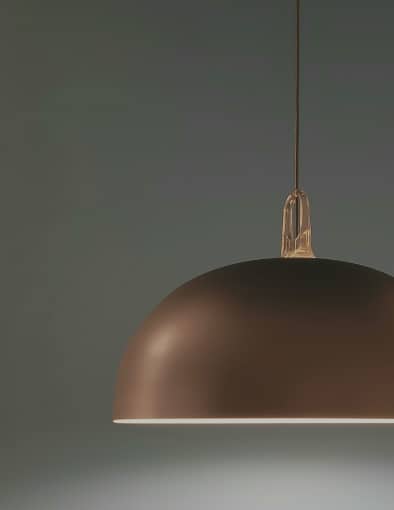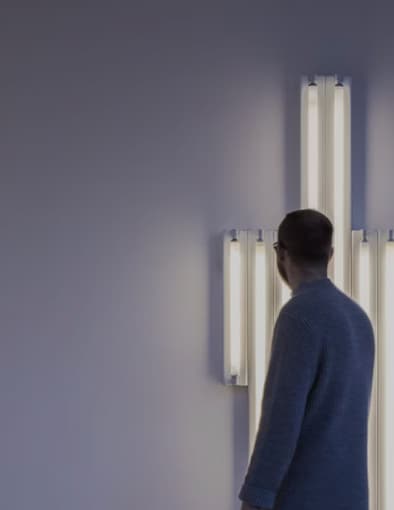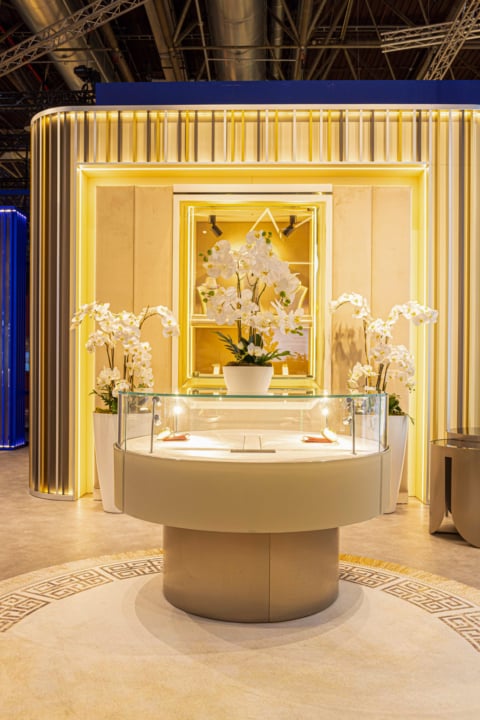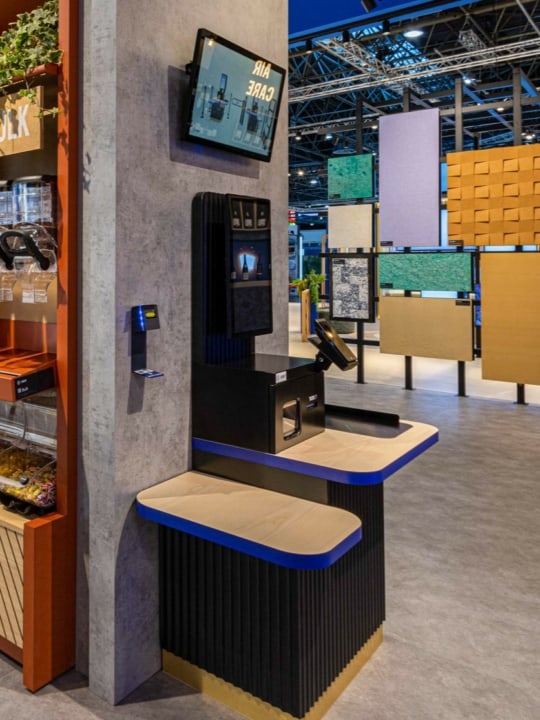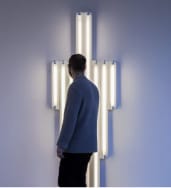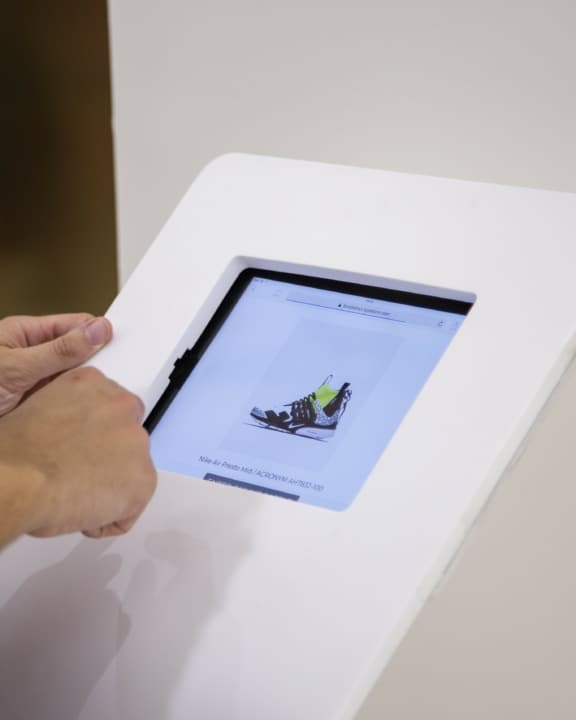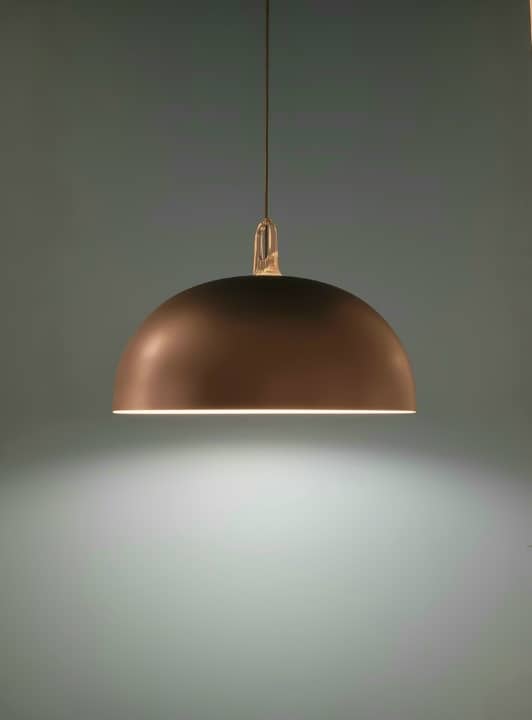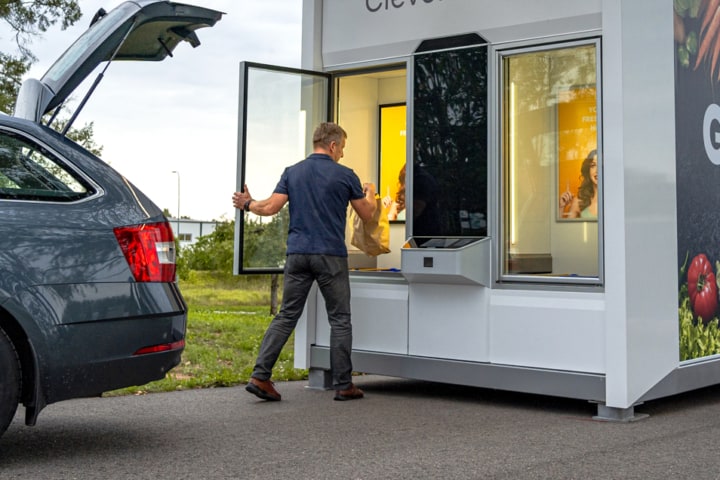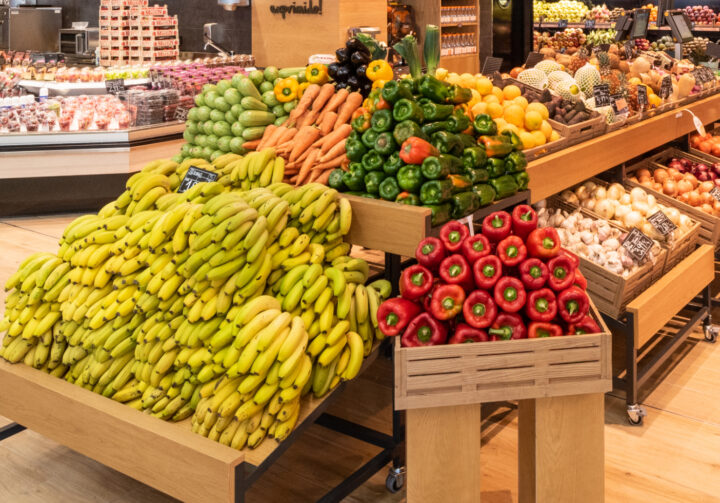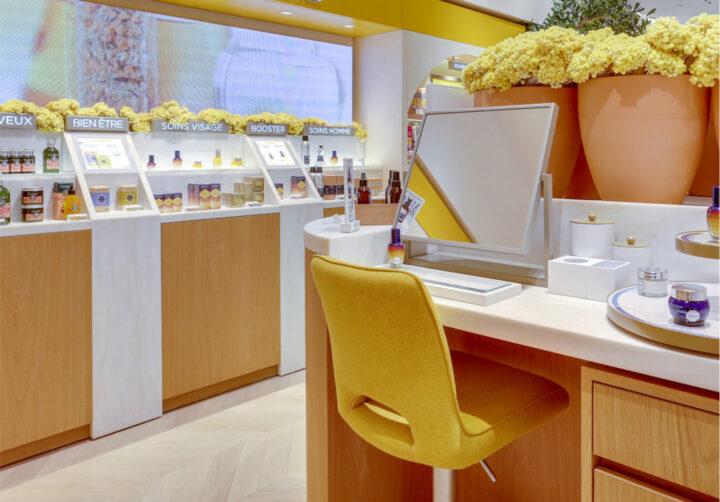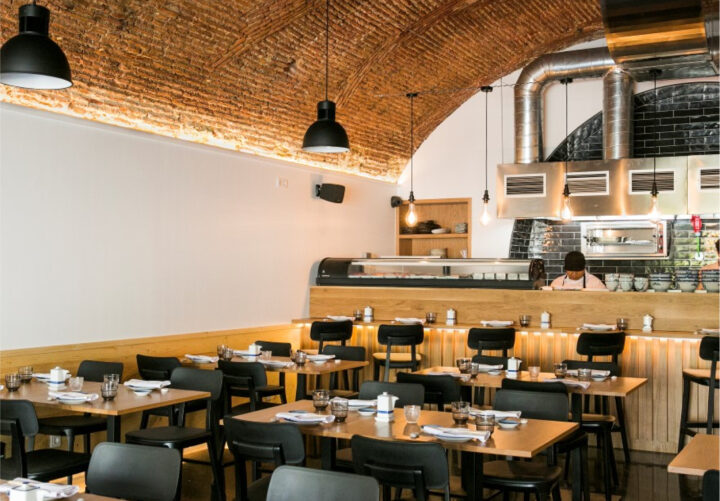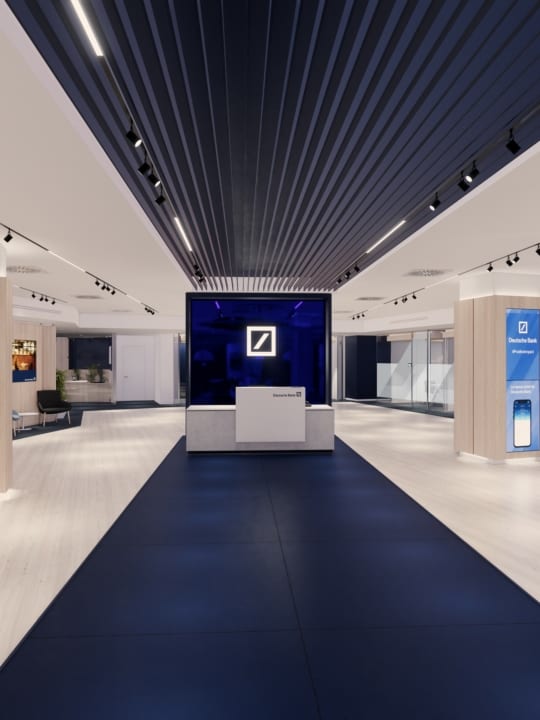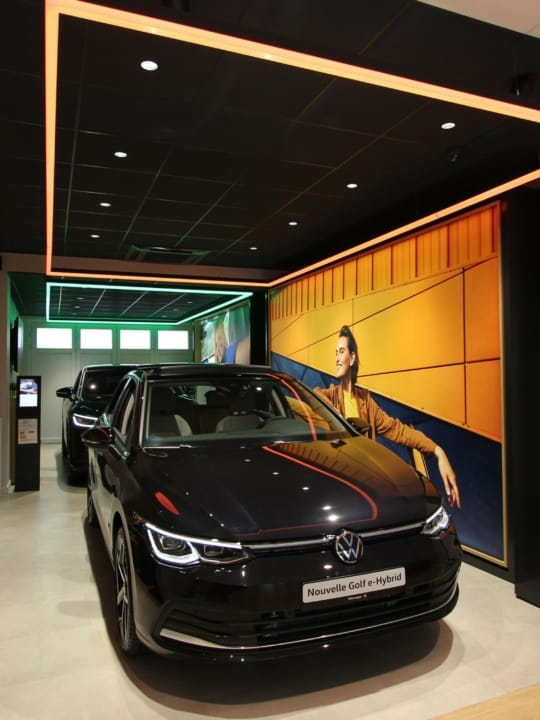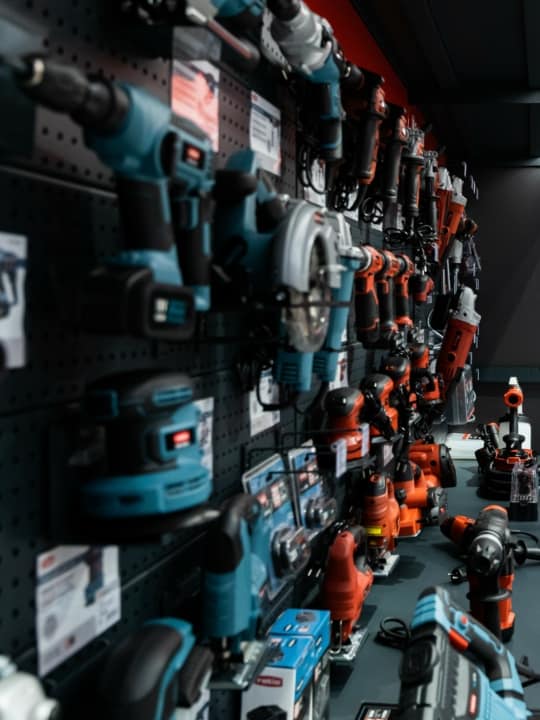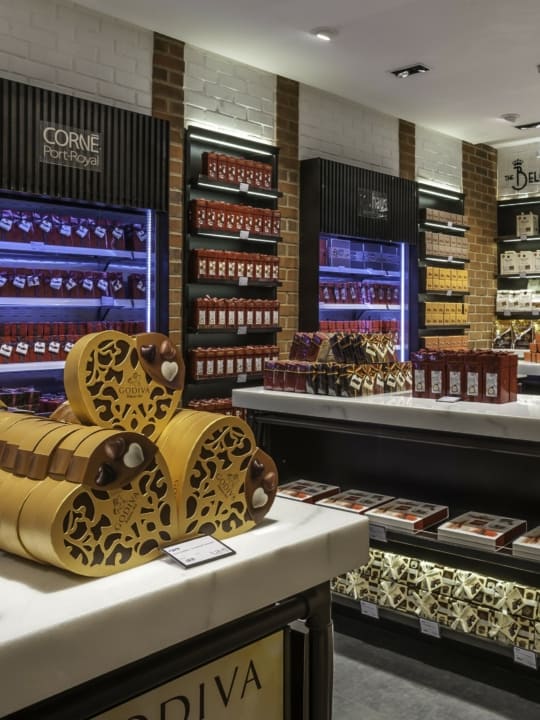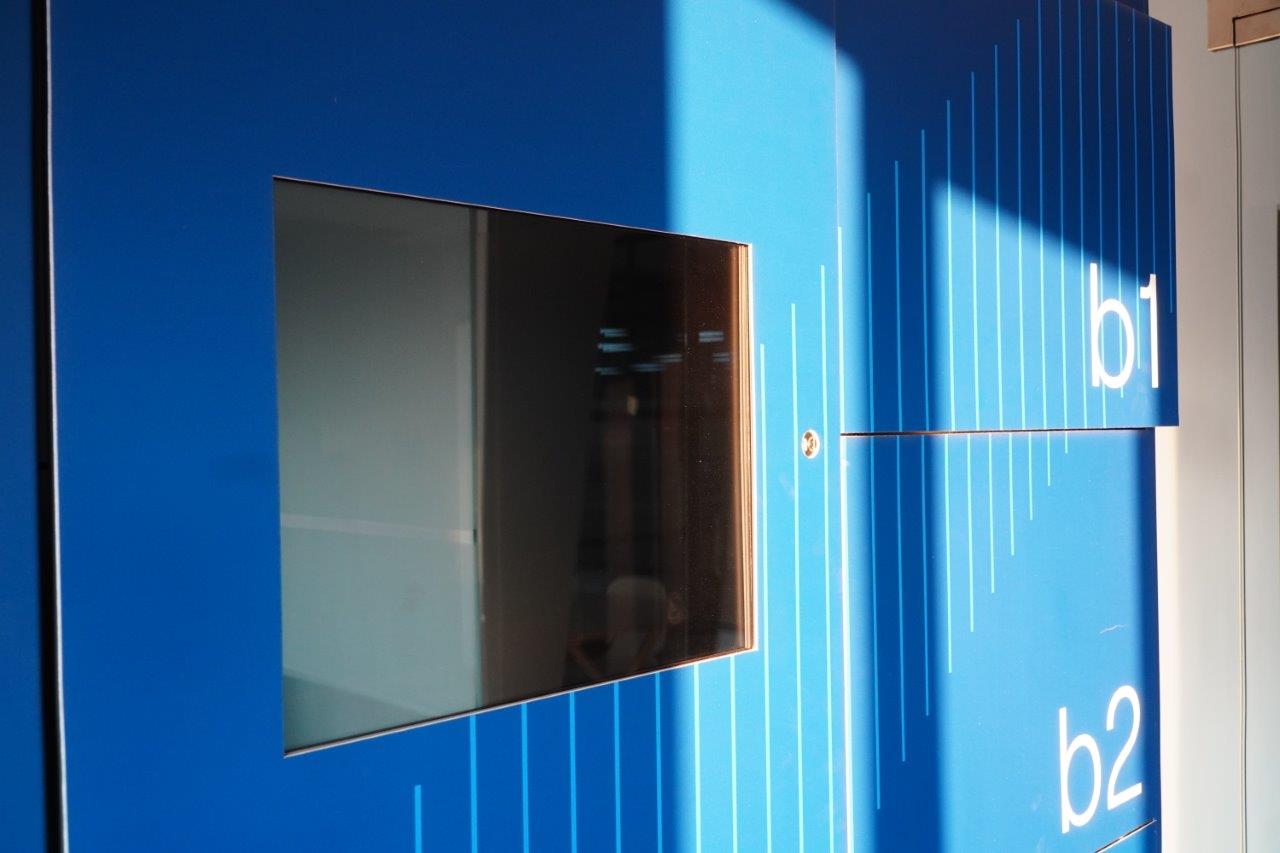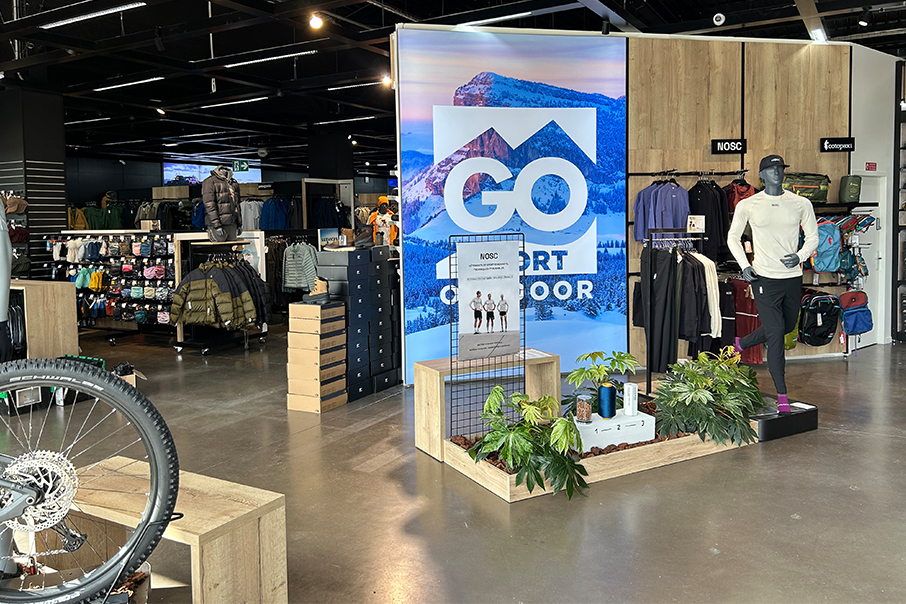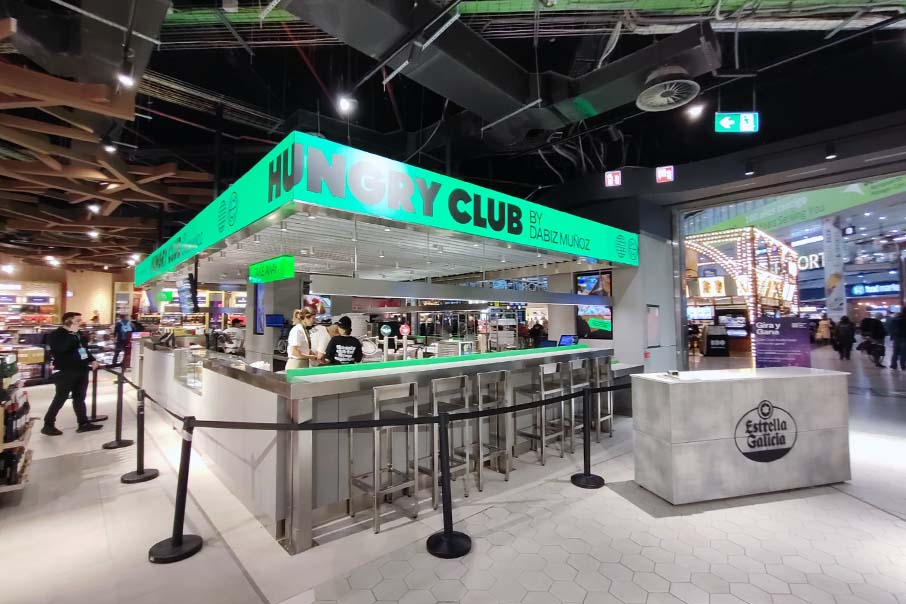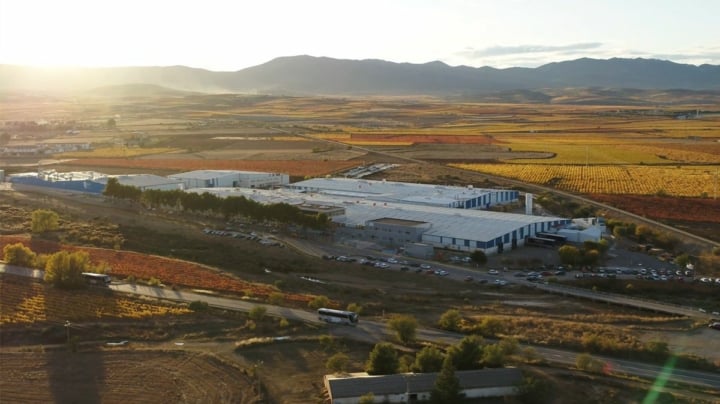- The environmental situation has led almost all brands and retailers to adapt their processes and products to be more sustainable, but has this transformation reached the shops?
- In this post you will find the keys to make your shops more sustainable and the 10 types of eco-friendly furniture and decor that can help you do so.
Sustainability as one of the pillars of modern Retailing.
Retail, as a product of society, is constantly evolving, driven entity by the consumer’s needs.
In the last century, access to products and geographical expansion dominated these developments. Today the form of Retail is focused on the consumer experience and represents its values. But among them, sustainability stands out.
Today the form of Retail focuses on the consumer experience and representing consumer values.
Sustainability is an effort that goes beyond responsible waste management, or rather, well before.
For less than a decade, large Retail firms and small start-ups have been investigating ways to make retailing sustainable from the start of the project, giving rise to eco-design.

What is eco-design and why is it vital to Retail?
Eco-design is a set of guidelines that help us to make the right decisions when manufacturing products, furniture, infrastructure, etc. Decisions that guarantee responsible sourcing of raw materials and an equally responsible recirculation of final goods at the end of their useful life.
This is helping both brands and Retailers transform their products, but is it possible to go even further?
It is both possible and necessary. That is why one of the main trends (and challenges) for Retail in the next decade is to create environments that materialise customers’ ideal of sustainability. Fully sustainable environments.
But how do we go about eco-designing the Retail of the future, today? These are the solutions with which you can now create environmentally responsible shops that enable your brand to connect with consumers on an emotional level.

8 sustainable furnishing and decor solutions for your commercial premises.
- Re.Vita: decorative textiles
One of the most interesting materials in recent years is recycled textiles. By using processes that shred used clothes and subsequently press them, we obtain new textiles or even solid boards. Their uses are many: from making organic boxes without cutting down trees to lining ceilings, walls and other elements. They are also acoustic insulators which improves the well-being of the premises.
2. Digital Signage
Replacing printed communications with digital content has three main benefits: it attracts more consumer attention, makes it easier to update promotions and content, and reduces the consumption of paper, plastics, ink, etc.
However, to discover all its benefits and how to integrate it into the sales strategy of our shops, it is best to read this article that we published recently.
3. Furniture made of FSC® (FSC-C201448) and PEFC wood
When our shop uses solid wood—and chipboards are sometimes made from recycled materials—our brand remains committed to sustainability. FSC certification covers both recycled and virgin materials, so we ensure compliance with FSC principles
4. BIO tag holders
Made from plant-based materials and therefore biodegradable and compostable. One of the items that suffers the most turnover in shops is finally no longer a major pollutant and is now compost or fertiliser. Sustainability in its purest form.
5. Polyurethanes (plastics) of organic origin
With the same formula we find other elements of a more decorative nature for our shops or even offices. Armchairs, chairs, sofas, etc., made from medium-density foams that replace plastic components with vegetable compounds (which do not degrade).
6. Zenith ceilings and wall louvres: stylish recycled plastics
Plastic recirculation processes (recycling of coat hangers, water and soft drink bottles, packaging, etc.) have made it possible to give them a second use as raw materials in extrusion and injection processes to create interesting decorative products such as Zenith ceilings and wall louvres. Sustainable, economical and very versatile.
7. Gondolas and murals with second-generation steel
One of the most polluting aspects of some materials, such as steel, is their extraction and purification processes. Energy consumption accounts for a very high percentage of their environmental impact.
Requesting that the shelves, walls, racks, etc., that we install in our branded shops be made of recycled steel avoids unnecessary harm.
8. Sustainable visual communication: recyclable materials, ECO inks and air-purifying coatings (Pureti)
Displays and other high-turnover items in shops are some of their most polluting aspects, as due to said turnover, their cost had to be minimal. This inevitably meant that they had to be made of plastics that were difficult to recycle and printed in inks with a high chemical component.
If we cannot avoid this polluting aspect of our business, we can at least minimise its impact by using plant-based materials (such as high stiffness cardboard) and ensuring that the inks used in printing are eco-solvent inks (made from biodegradable chemicals).
But, above all, we can make use of Pureti. A compound that, when applied to visual communication, gives it photocatalytic properties. In other words, it purifies the air of pollutants and bacteria using sunlight.
Thanks to such innovations and developments, Retail is becoming one of the biggest drivers of environmental awareness in society.
It is now up to the brands, distributors and shops to convey the message to their consumers, through environments that prove that a sustainable alternative is possible.
Can I make my shop even more sustainable?
Furniture is one of the many areas of sustainability for Retail. Reducing or better managing waste or improving the energy efficiency of the premises are two other aspects which, with more will than effort, we can work on to achieve environmentally responsible shops.
**Look for our FSC® – certified products

